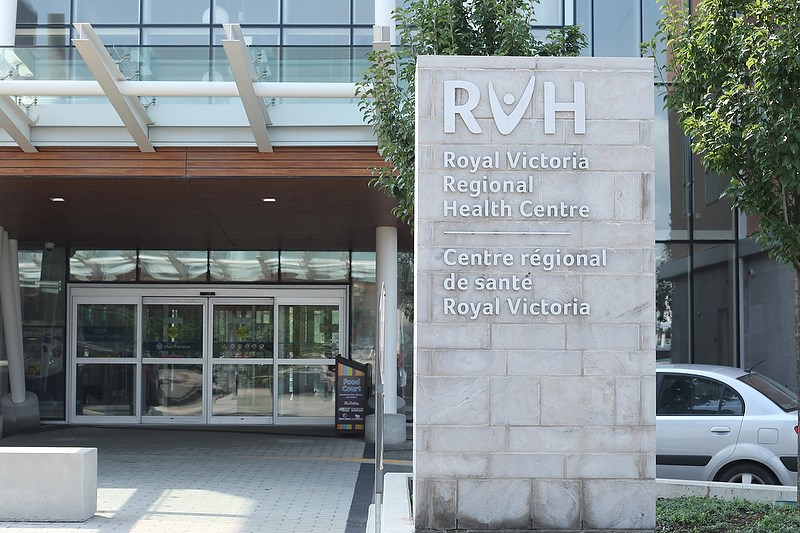NEWS RELEASE
ROYAL VICTORIA REGIONAL HEALTH CENTRE
*************************
Earlier today the Minister of Health and Long-Term Care, Dr. Eric Hoskins, announced Royal Victoria Regional Health Centre (RVH) will receive operational funding to open a new 36-bed Transitional Care Unit.
The funding is part of the provincial government’s $140 million investment to address unprecedented capacity pressures by opening more than 2,000 additional hospital beds and community spaces in Ontario.
RVH’s Transitional Care Unit will be located in a, currently, closed unit on the fourth floor of the health centre and will care for patients who have a firm discharge date but face a temporary obstacle, such as needing additional physiotherapy or home care.
Focused, short-term supports will enable these patients to be more quickly and safely discharged back to the community.
Construction has begun on the Transitional Care Unit to ensure it is refreshed, equipped and ready to care for patients by Dec. 1, ahead of what is predicted to be a very difficult flu season.
The health centre will immediately begin recruiting a multi-disciplinary care team, led by registered nurses and heavily focused on registered practical nurses, allied health and patient care assistants.
“This investment will go a long way toward easing RVH’s ongoing capacity challenges before flu season hits,” says Janice Skot, RVH president and CEO.
“RVH has experienced surging volumes for over a year now, with occupancy rates as high as 135 per cent. When every bed is full, that has a domino effect right across the health centre. We look forward to working with the North Simcoe Muskoka Local Health Integration Network and our hospital and community partners to ensure patients are being safely cared for in a setting best suited to their clinical needs.”
*************************



